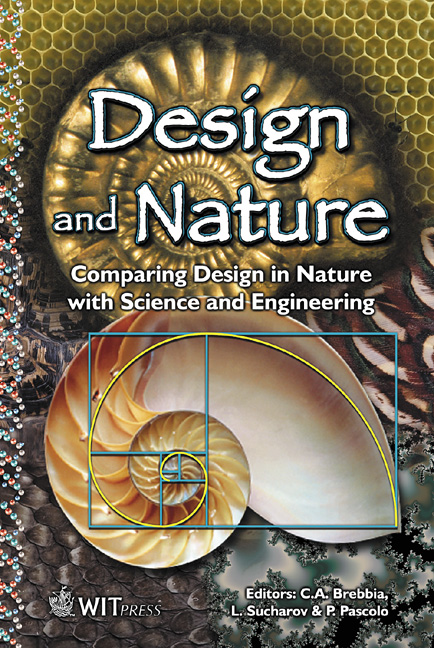Experimental Evidences For Chaotic Dynamics In The Roar Of The Cervus Elaphus Corsicanus
Price
Free (open access)
Transaction
Volume
57
Pages
Published
2002
Size
456 kb
Paper DOI
10.2495/DN020111
Copyright
WIT Press
Author(s)
M. Rustici, G. Lai, A. Facchini & S. Bastianoni
Abstract
Experimental evidences for chaotic dynamics in the roar of the Cervus Elaphus corsicanus M. Rustici1, G. Lai1, A. Facchini2 & S. Bastianoni2 I Sassari University, Department of Chemistry, Via Vienna 2-071 00, Sassari, Italy 2Siena University, Department of Chemical and Biosystems Sciences, Via della Diana 2/A 531 00 Siena, Italy Abstract In spite of its apparent complexity and randomness, time evolution of nonlinear dynamical systems can be often described by resorting to a low number of degrees of freedom. This is the case of mechanical apparatuses as well as of biological activities such as cell cycles and organs physiology. With reference to the latter, nonlinear phenomena and chaos have been also proven to occur in the vocal emission of living organisms as a result of both the vocal apparatus physiology and the turbulent fluid dynamics. The complexity of the vocal emissions and their apparent correlation with the social behaviours displayed make the Cervus Elaphus Corsi- canus one interesting case. The nonlinear dynamics techniques used to characterise vocalisation dynamics provide direct experimental evidence for the occurrence of chaos in the vocalising behaviour of Cervus Elaphus Corsicanus. 1 Introduction In the well preserved evergreen forest of monte Arcosu in Sardinia (a protected area owned by WWF Italy) we can find the last remaining populations of a sub- specie of the red deer: the Sardinian deer (Cervus elaphus corsicanus). The Cewus eluphus is the largest and most phylogenetically advanced species of Cervus. Head and body length is 1,650-2,650 mm, tail length is 100-270 mm, height at the shoulder is 750-1300 mm, and weight is 75-340 kg. Animals in the populations of North America and northeastern Asia are usually larger than
Keywords





